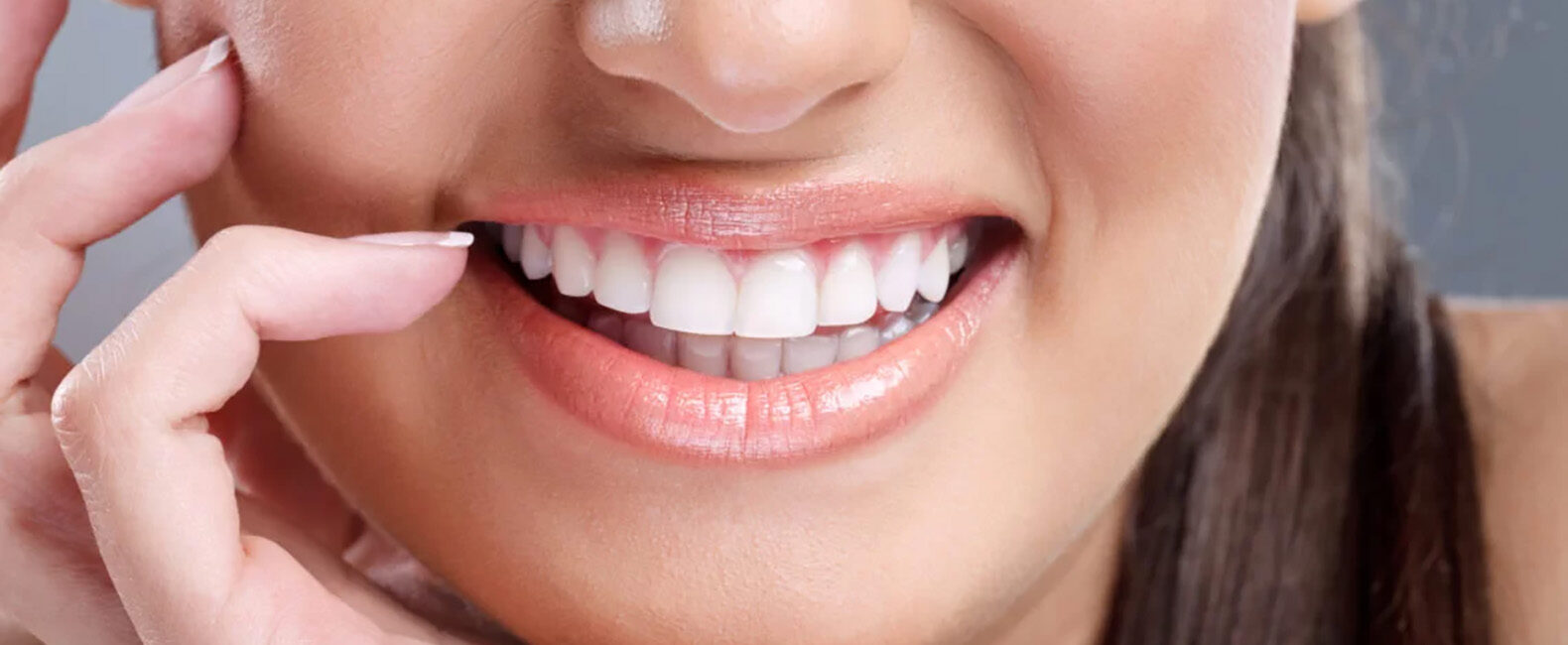
Porcelain veneers were first used in the cosmetic dentistry field in the middle of the 1980s, and they were then fastened using strong resin bonding. The porcelain and tooth enamel was given extra care before being secured. Since that time, porcelain veneers, which are made of lithium disilicate, have undergone a significant improvement in both design and fabrication methods. This material offers enhanced durability without sacrificing the beauty of your smile because it is many times stronger than first-generation porcelains. Almost permanent veneers as they are durable and resist discoloration for an extended period of their unique property.
How Durable Are Porcelain Veneers?
Said, porcelain veneers are highly durable and long-lasting. The increased longevity of porcelain veneers is due to several reasons, though. When properly applied, porcelain veneers become firmly adhered to the teeth and do not quickly wear out. As a result, the teeth to which they are linked are what gives them their strength. But aberrant chewing patterns (called par function) can put abnormal loads on veneers. The edges of the porcelain veneer may chip as a result of this. Some abrasive polishing techniques could make the porcelain surface porous and rough, making it susceptible to discoloration. They will become chipped or damaged through improper upkeep.
Veneers technically last for 10 to 15 years with proper maintenance. Typically even longer. However, daily wear and tear might cause your porcelain veneers to deteriorate gradually, just like natural teeth. Even though veneers are non-living, the gum tissues that surround them and the tooth that they are affixed to are both alive. They might alter with time. Recession over time could imply that veneers eventually need to be replaced.
What Affects the Porcelain Veneers’ Lifespan?
Although the answer to your question on their endurance has been provided, it is still essential to consider the elements that contribute to porcelain veneers’ longevity. Eating habits, dental care, tooth decay around porcelain veneers, unlucky events, and many others are some of the essential reasons. To monitor any deterioration or recognize the need for prompt repair or replacement, you must see your dentist at least twice a year.
People who inquire about porcelain veneers’ durability may seek solutions to the more specific issues covered below.
Will they crack with time?
Well, perhaps this is the appropriate response to this query. Porcelain veneers can be broken, notwithstanding how challenging it is to do so. Additionally, they may fracture or chip if they are structurally overloaded or experience a sudden impact. Porcelain veneers will be harmed by the destructive forces produced by aggressive habits like clenching and grinding.
Will they detach?
Ceramic veneers are hardly ever removed. One frequent cause of this is a performance issue or a material handling error. Sometimes, insufficient dental enamel can prevent the tooth from bonding to the veneer. This suggests that using veneers to restore the damaged teeth/teeth was a poor decision.
What happens to porcelain veneers over time?
Even while porcelain veneers last as long as they are adequately cared for, there are some situations where people would want to have their veneers replaced. This is due to gums that age more slowly. The stains that have built up in the gum margins but were previously covered will now be more visible due to receding gums.
When the gums begin to recede, patients who opt for porcelain veneers—noticeably lighter than their natural tooth enamel—might be upset to see the dentine, the darker underlying tooth enamel, once again showing the dentine through. If this persists after a considerable time, porcelain veneers might be changed to restore the smile. The word is out, mostly via SEO which makes everyone aware of it.
Lastly,
The color of your natural teeth can deepen and become highly translucent with time, even though our dental porcelain is incredibly color stable. As time goes on, teeth that are not veneered may appear more different from those that are, leading to color mismatches with neighboring teeth.


